When the *Nvidia GeForce RTX 5090* launched, it brought only modest performance gains over the previous-gen *RTX 4090*, all while carrying a significantly higher price tag. In contrast, the *Nvidia GeForce RTX 5070 Ti* may not offer a dramatic leap in speed compared to its predecessor, but its more accessible price point makes it the most compelling Blackwell GPU for gamers who want high-end performance without breaking the bank.
At its MSRP of $749, the *GeForce RTX 5070 Ti* is an outstanding choice for 4K gaming and effectively overshadows the pricier *RTX 5080*. That said, the review unit I tested—a high-end aftermarket model from MSI—comes in at $1,099, which is even more expensive than the $999 *RTX 5080*. These inflated prices are common among premium custom models, so if you manage to find a base model RTX 5070 Ti at the official $749 price point, you’ll be getting one of the best value-driven GPUs on the market today—especially for those chasing smooth 4K gameplay.
Purchasing Guide
The *Nvidia GeForce RTX 5070 Ti* becomes available starting February 20, 2025, with a starting price of $749. However, this is just the base MSRP. Expect to see a wide range of models priced well above that, depending on cooling, factory overclocking, and brand. At $749, the RTX 5070 Ti offers strong value. As the price climbs closer to that of the RTX 5080, though, its appeal diminishes unless you're specifically after top-tier build quality or enhanced thermal performance.
Nvidia GeForce RTX 5070 Ti – Photos
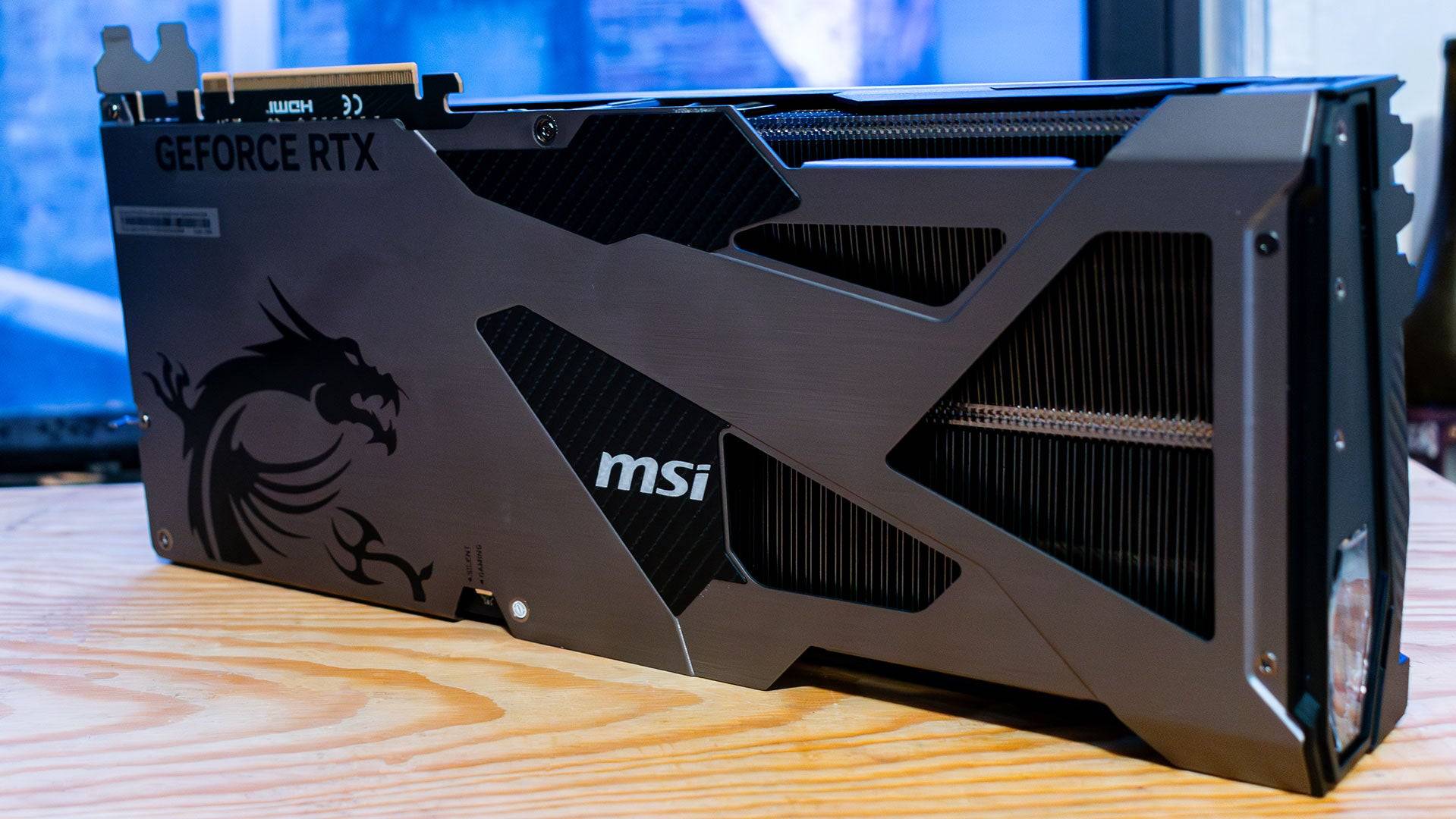
 6 Images
6 Images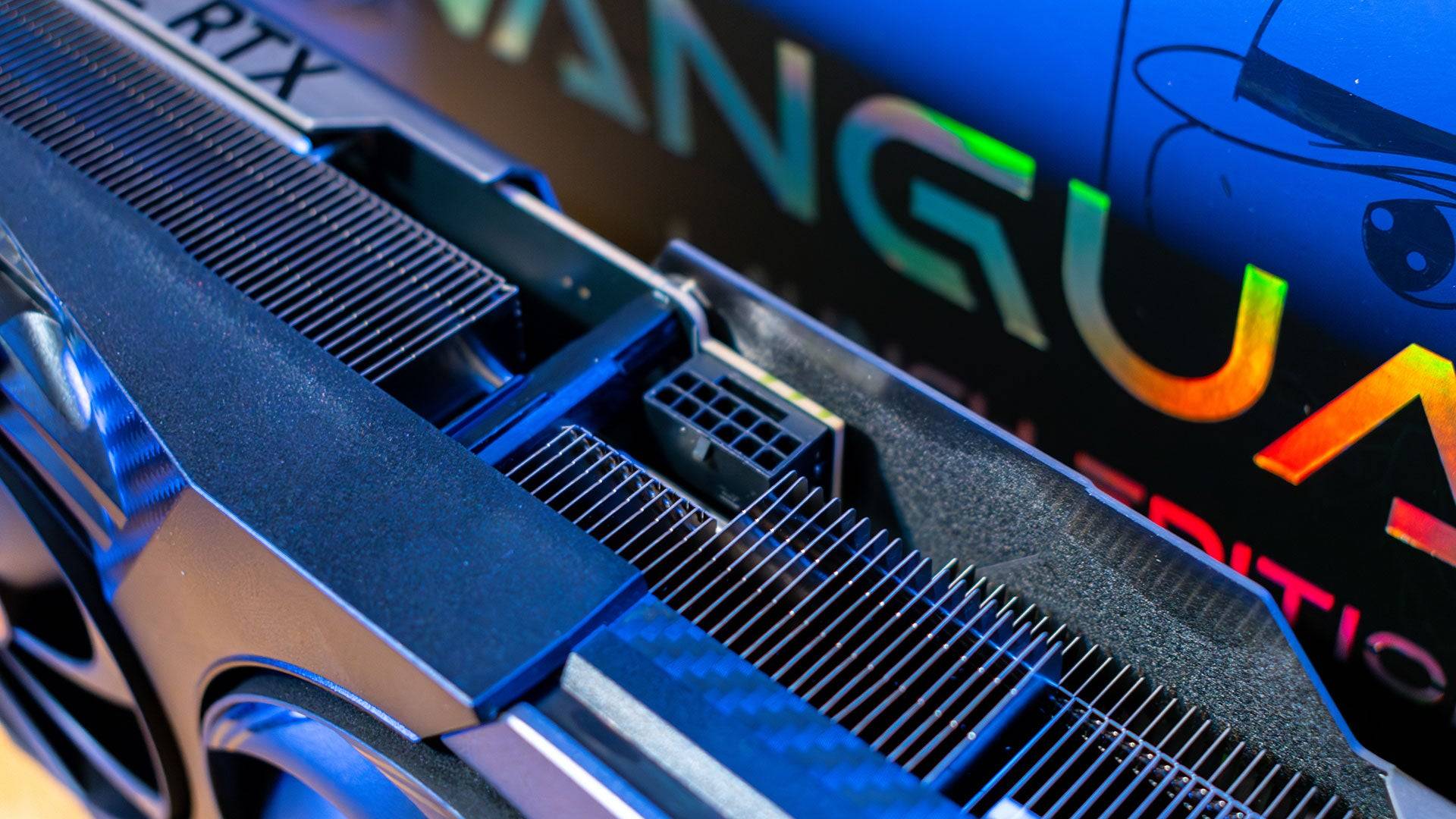
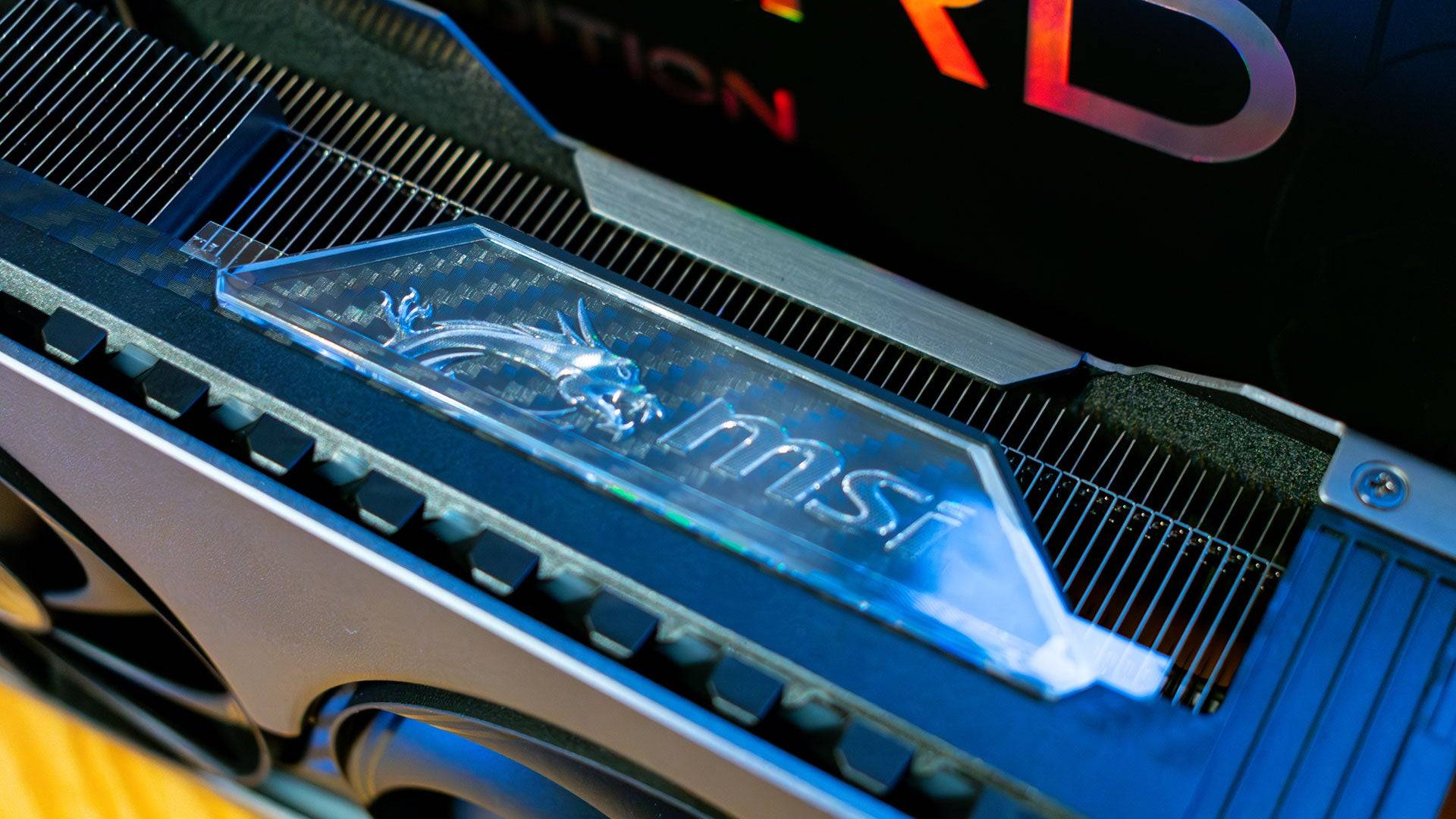


Specs and Features
The *Nvidia GeForce RTX 5070 Ti* is the third GPU built on the new Blackwell architecture, which was originally developed for AI supercomputers running advanced models like ChatGPT. Nvidia has adapted this architecture for consumer gaming, retaining its AI-centric enhancements.
This graphics card uses the same GB203 GPU as the *RTX 5080*, but with 14 streaming multiprocessors (SM) disabled. That leaves the *RTX 5070 Ti* with 70 SMs, totaling 8,960 CUDA cores, 70 RT cores, and 280 Tensor Cores. It also features 16GB of GDDR7 memory, albeit slightly slower than the *RTX 5080*’s variant.
The standout component here is the Tensor Core, which plays a central role in AI-based upscaling and frame generation. While the CUDA cores have improved over the *RTX 4070 Ti*, it's the advancements in DLSS and frame generation that truly define this generation’s performance edge.
Blackwell introduces a new AI Management Processor (AMP), designed to offload GPU task scheduling from the CPU. This results in smoother execution of AI-enhanced features like DLSS and Frame Generation, making them more efficient than ever before.
Nvidia has reimagined DLSS for this generation, now powered by a Transformer model instead of the older Convolutional Neural Network (CNN). While this doesn’t necessarily increase performance speed, it delivers a noticeable improvement in image clarity, reducing ghosting and other visual artifacts that plagued earlier versions of DLSS.
DLSS 4 also introduces a new feature called Multi-Frame Generation (MFG), where AI analyzes rendered frames and motion data to generate additional frames. Unlike the first-generation frame generation—which produced one AI-generated frame per rendered frame—MFG can generate up to three frames per original frame. The trade-off is increased input latency, although Nvidia Reflex can help mitigate this effect.
With a total board power draw of 300W, the *RTX 5070 Ti* is only slightly more power-hungry than the *RTX 4070 Ti* and *RTX 4070 Ti Super*, both of which require 285W. Nvidia recommends at least a 750W PSU, but for optimal stability—especially with high-end models like the MSI Vanguard Edition—an 850W PSU is advised.
DLSS 4 – Is It Worth It?
While the *RTX 5070 Ti* does offer a performance bump over the previous generation, DLSS 4 and its multi-frame generation capabilities are the real stars of this release. If you own a high-refresh-rate monitor, MFG can make your games feel incredibly smooth—even if there's a slight latency cost.
Using motion vector data and frame analysis, the Tensor Cores predict future frames and generate them via AI. This isn’t entirely new tech—it was present in the *RTX 4090*—but the scale has increased dramatically.
In *Cyberpunk 2077* with Ray Tracing Overdrive and DLSS set to Performance mode, the *RTX 5070 Ti* achieved 46 fps at 4K with around 43ms of latency. Enabling 2x frame generation boosted performance to 88 fps, with latency rising to 49ms. With 4x frame generation, performance soared to 157 fps, but latency climbed to 55ms.
In *Star Wars Outlaws*, the *RTX 5070 Ti* hit 67 fps at 4K Max settings with DLSS set to Performance. Activating 2x frame generation pushed this to 111 fps, with latency dropping to 34ms thanks to Reflex. At 4x frame generation, frame rates reached 188 fps with latency at 37ms.
So while frame generation can significantly boost frame rates and enhance visual fluidity, it won't reduce input lag. Still, the latency increases are minimal, especially when the base frame rate is already high. With lower frame rates, however, artifacts and stuttering become more likely.
Nvidia GeForce RTX 5070 Ti – Benchmarks
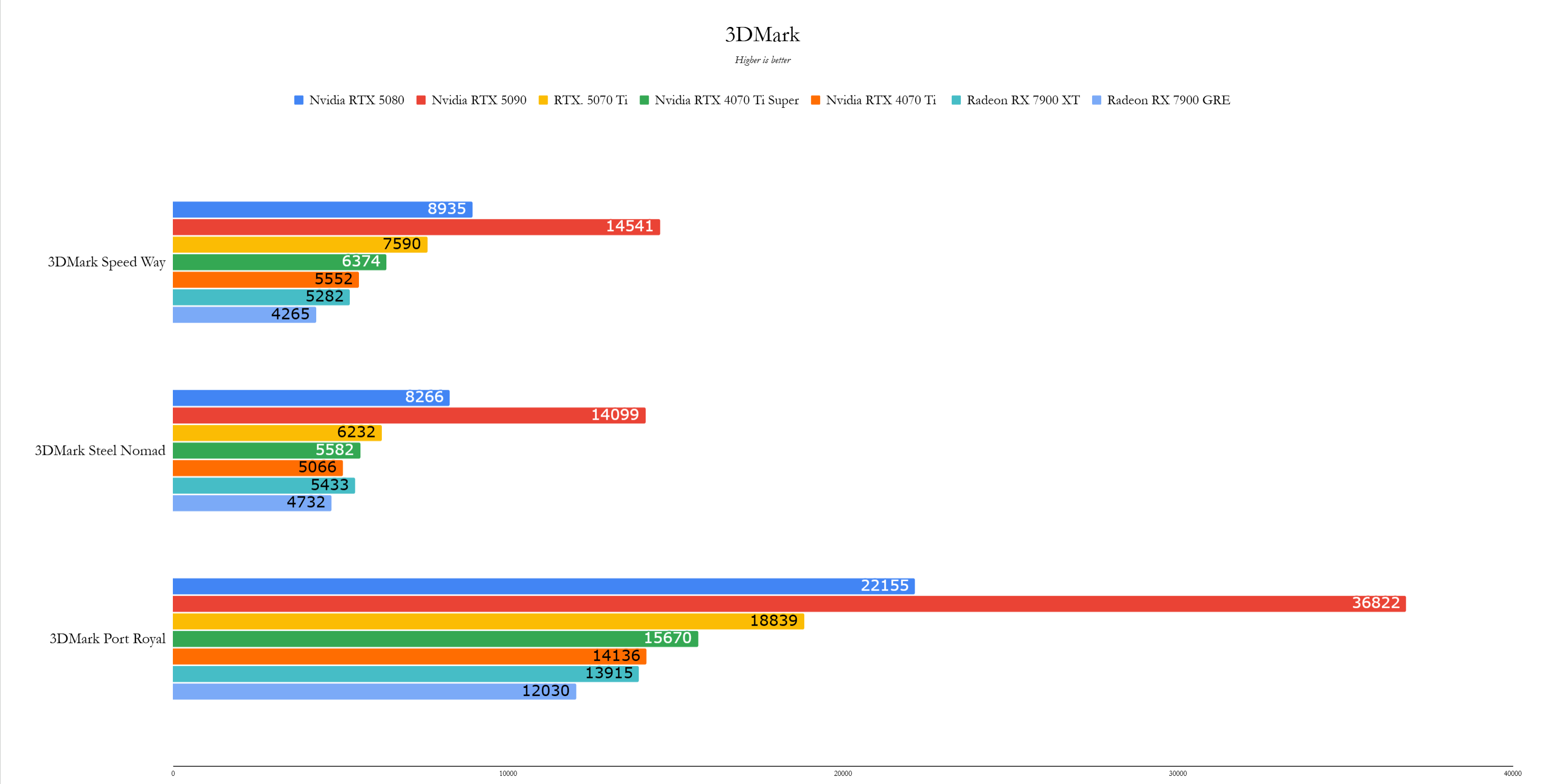
 12 Images
12 Images
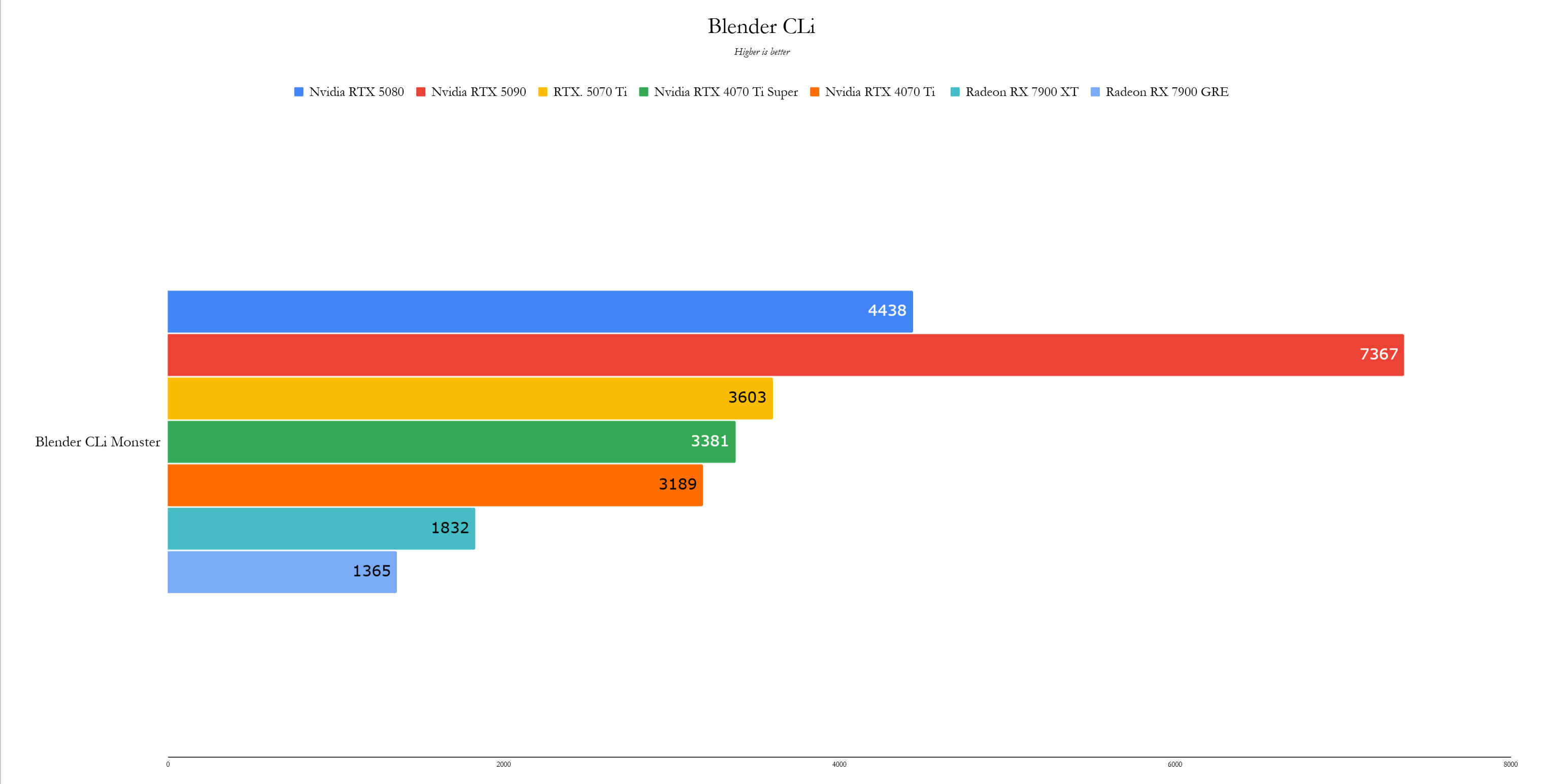

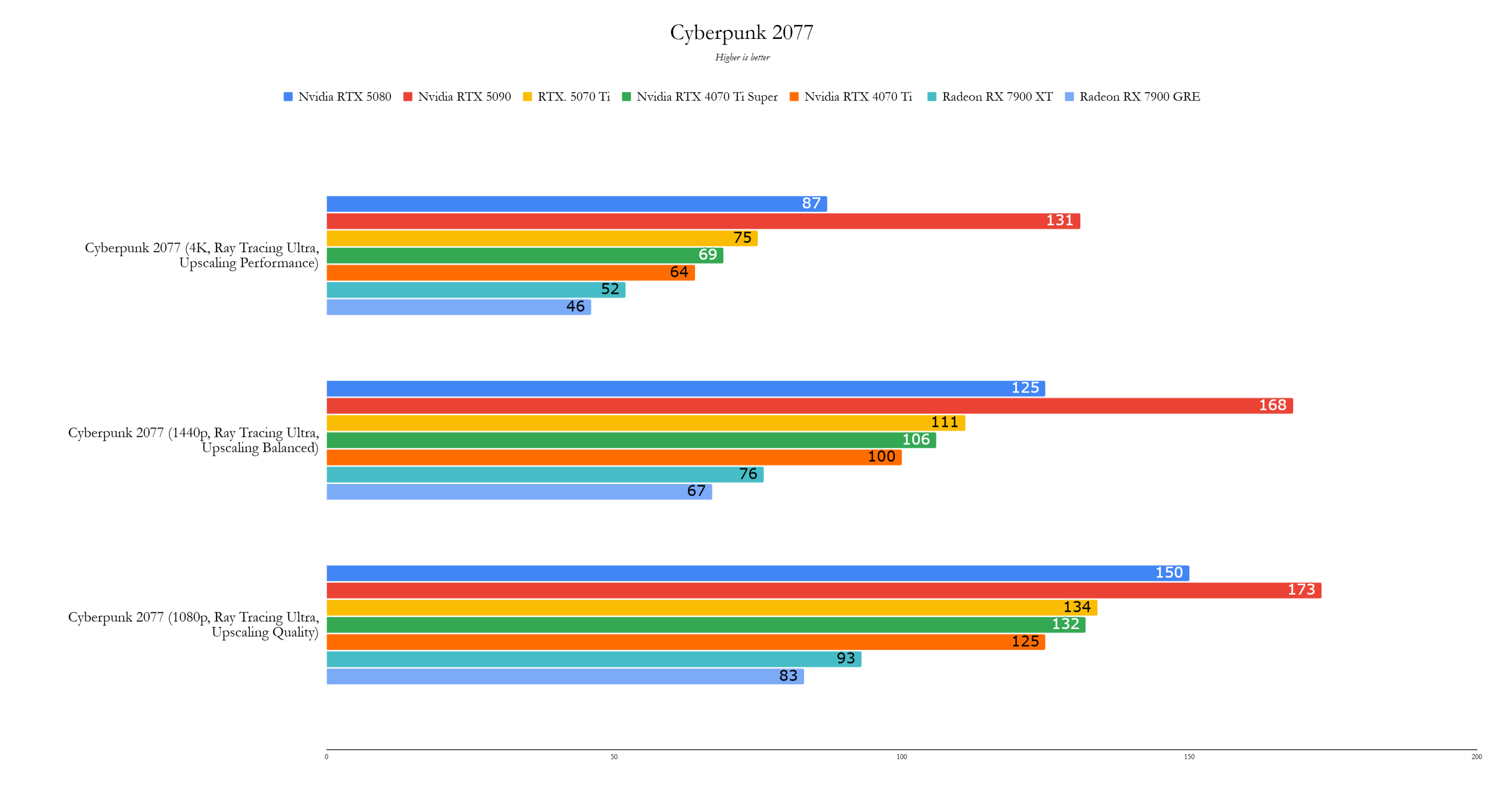
Performance
In 4K resolution, the *RTX 5070 Ti* shows a solid 11% performance gain over the *RTX 4070 Ti Super* and 21% over the *RTX 4070 Ti

 Latest Downloads
Latest Downloads
 Downlaod
Downlaod




 Top News
Top News









